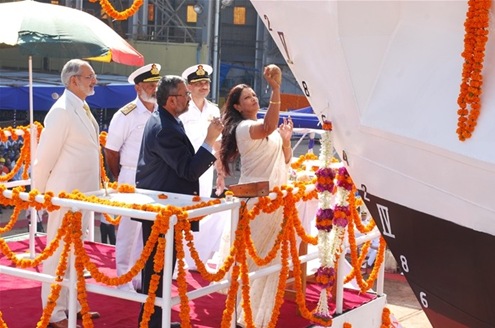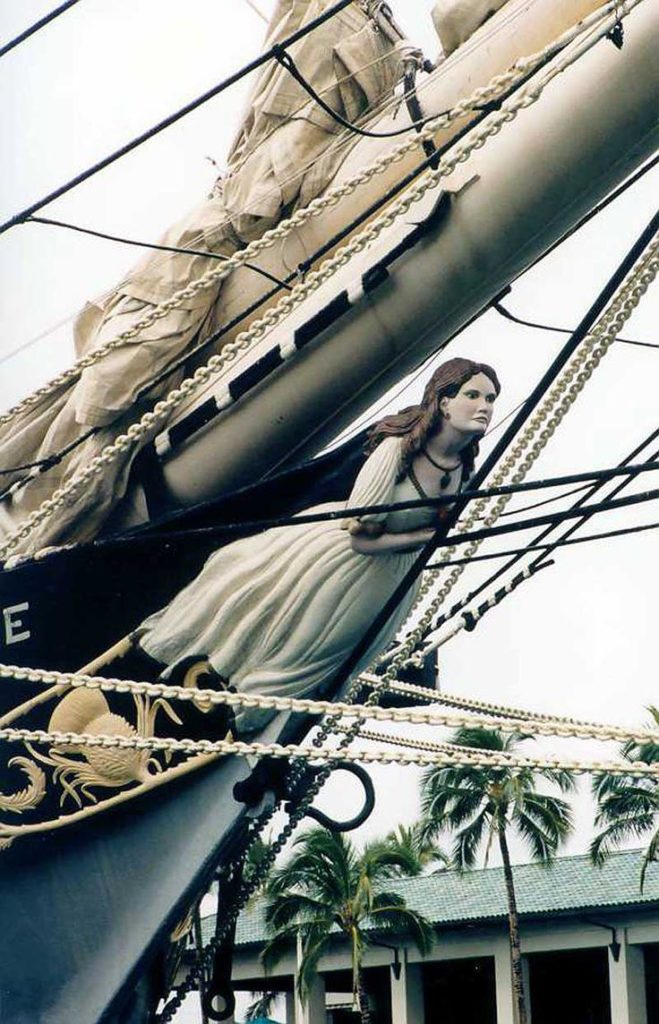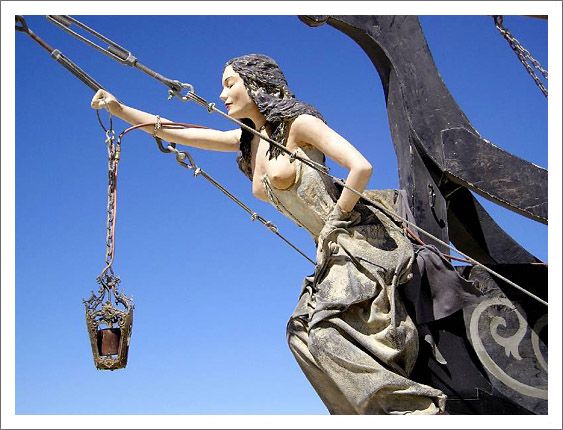It is surprising that those who start on a common platform with a common vocabulary, culture and manners (say NDA or National Defence Academy at Khadakvasla, near Pune in Maharashtra) soon get absorbed in their service ethos as soon as they join their individual services: Army, Navy and the Air Force.
The expression or phrase: Good Lady or Lady Wife is typically Indian Army officers’ (males) way of addressing their wives. Now of course I am used to it but there was a time when I first heard it and decided that it was the equivalent of the expression “I have a bad headache” since even that expression suggests that there must be some people who have good headache too. Likewise, I am yet to meet a person who introduces his wife as a Bad Woman or Coarse Wife. One would, therefore, conclude that Good Lady or Lady Wife is an overkill as much as the overkill in the expression: bad headache. When you say you have a headache (without suffixing it with good or bad), I am sure people don’t automatically assume that you are having a rollicking time and that a headache is something worth having. Coming from the army wherein they have a penchant for abbreviating even short words like Night into Ni and Enemy into En (Please read: Bikini Speech, a piece I wrote when I was undergoing my Higher Command Course with the army)), it is certainly an exaggeration.
In the Navy, a ship is normally referred to as She. Here is a ready-made explanation from Glossophilia:
“A ship is called a she because there is always a great deal of bustle around her; there is usually a gang of men about; she has a waist and stays; it takes a lot of paint to keep her good-looking; it is not the initial expense that breaks you, it is the upkeep; she can be all decked out; it takes an experienced man to handle her correctly; and without a man at the helm, she is absolutely uncontrollable. She shows her topsides, hides her bottom and, when coming into port, always heads for the buoys.”
Of course, that is the explanation that is often to be found in the folk-lore with the navies around the world and no one cares to remember that the Latin and the Sanskrit words for ship are similar: Navis and Naav and that both these are feminine. Nautical slang is not just folk-lore; we use it extensively on board as much as authors like Joseph Conrad did. Hence, a Lady’s Hole was a dainty niche in the stern of the ship wherein a light used to be kept for ships astern of her to steer by. Many others referred to Lady’s Hole as the place wherein a gun ammunition used to be kept.
However, be as it may, in the Navy, a ship is a lady and it requires Good Men to keep her looking comely and fighting-fit. We have so much respect for the ladies that we salute with palm inwards so as not to show our dirty palms to them as a result of keeping the lady clean and proper (the custom having originated in the Royal Navy when, during the Queen’s visit aboard a ship, a deck-hand engaged in manning the tarred lines of the ship, saluted her with his dirty palm facing away from the Queen, as a token of respect).
What about the ceremony of launching a ship by a lady breaking a bottle of wine on the bows of the ship? This practice originated from the religious ceremony of baptism of infants and by late 18th century, this custom of breaking a bottle of wine on the ships bows as she was launched became a standard practice.
A Princess of the House of Hanover, then the ruling House of England, was asked to sponsor one of the ships of the Navy. This became the equivalent of the Royal Army’s tradition of patronage for their regiments. Unfortunately, the Princess threw the bottle with more energy than accuracy and it struck one of the spectators, causing severe injuries to him who subsequently claimed damages from the Admiralty. To avoid a repetition, the Admiralty instituted the protocol of attaching a cord to the bottle.
We, in the Indian Navy, did away with the bottle of wine and introduced the tradition of breaking a coconut on the bows by a lady to launch a ship.

Thus, in naval traditions, ladies are associated with the ships from their launch onwards. When a lady joins the naval family as a wife, a coffee-table book is presented to her with the title: Welcome Young Lady. In the opening paragraph of the book, she is reminded of the fact that for a navy man, his ship (a she at that) happens to be his first love and the Young Lady ought to keep that in mind. Indeed, many of the naval wives, jokingly complain that their husbands spend more time with the lady (she) at sea than the lady at home.
Even at that no naval lady is prepared for the gaffe that was unwittingly cracked by one of the officers (not well versed in the nuances of the English language) thanking his host thus: I thank you from the bottom of my heart (at this stage he suddenly remembered his wife beside him and added) and from my wife’s bottom too.
Another one, stepping off the brow (gangplank) on to the ship, on an evening, introduced the Officer of the Day to his wife and vice-versa by just pointing to the two in turns and saying: “The OOD, the wife”.
It used to be a male world for months and years at sea, away from the land where the ladies and women abound. Irrespective of the saying that a sailor has a girl or a woman in every port, the poor guy was by himself and with his male counterparts at sea. Hence, calling a ship a “she” was not just endearing but also signified the dependent relationship that he had with the ship that sustained him in many different ways. It was thus a common practice of crafting female figureheads for a ship’s prow, for example, in the picture below:

Hence, whilst the army man proudly shows off his Good Lady or Lady Wife, a navy man is most likely to sing with Mohammad Rafi, a song praising the beauty of a woman, the lyrics for which were written by poet laureate Harindranath Chattopadhyay (brother of Sarojini Naidu). The laughter and spoken lines in the opening and closing sections of the song were performed by Harindranath Chattopadhyay. The song was released in 1969 as a parody to another of Shankar Jaikishan’s compositions for the 1965 movie Gumnaam (four years before this song was released): Hum kaale hain to kya hua dilwaale hain. You will enjoy the lyrics given in the following video except for the fact that the navy man would be singing it for his ship!
If I were to call my wife Good Lady or Lady Wife, she would make me see the stars that I won’t otherwise be seeing at sea.
Sujata or Savitri, Sharda or Sumitra, Jyoti, Ganga or Jamuna, a navy man thinks of best names for his first lady-love: his ship.

Hahahilarious…. It’s loads of fun reading this article. Enjoy your style of narration. Regards
Thank you Manik. Obliged.
Vow Ravi from where did you manage to get this version of Hum Kaale hain to kya hua? The voice appears to be Rafi himself! The bottom pinching was classy!
John, it was a popular song during our days.
Very well scripted .Appreciated both by me and my lady wife
Wish you all the best
Also excites my nostalgia
Thank you very much, Sir. I value your encouragement. Regards
Thanks again, Sir
Ha Ha. It’s funny. One poor Army Adjt didn’t do proof reading of a DO letter missed out ‘d” from First Lady.
Thanks Hemant. Similar to CO addressing his battalion on parade:
Officers, JCOs, NCOs and men of ABC Battalion,
This morning my wife gave birth to a beautiful boy baby.
Officers, JCOs, NCOs and men of ABC Battalion, thank you one and all.
Good one.. sharing..
Thanks. Please feel free